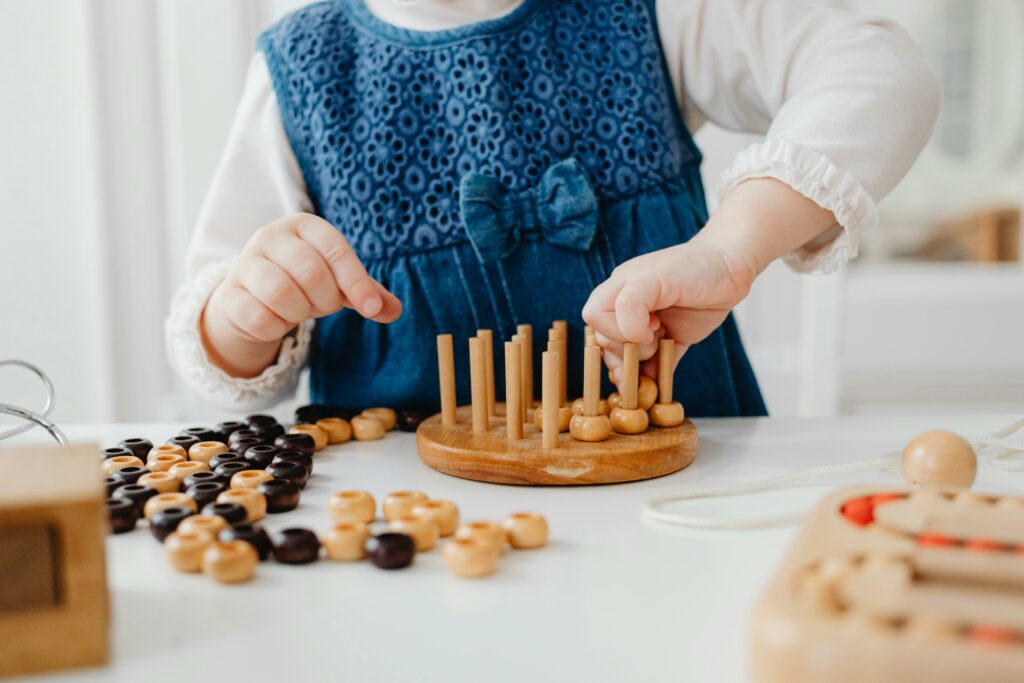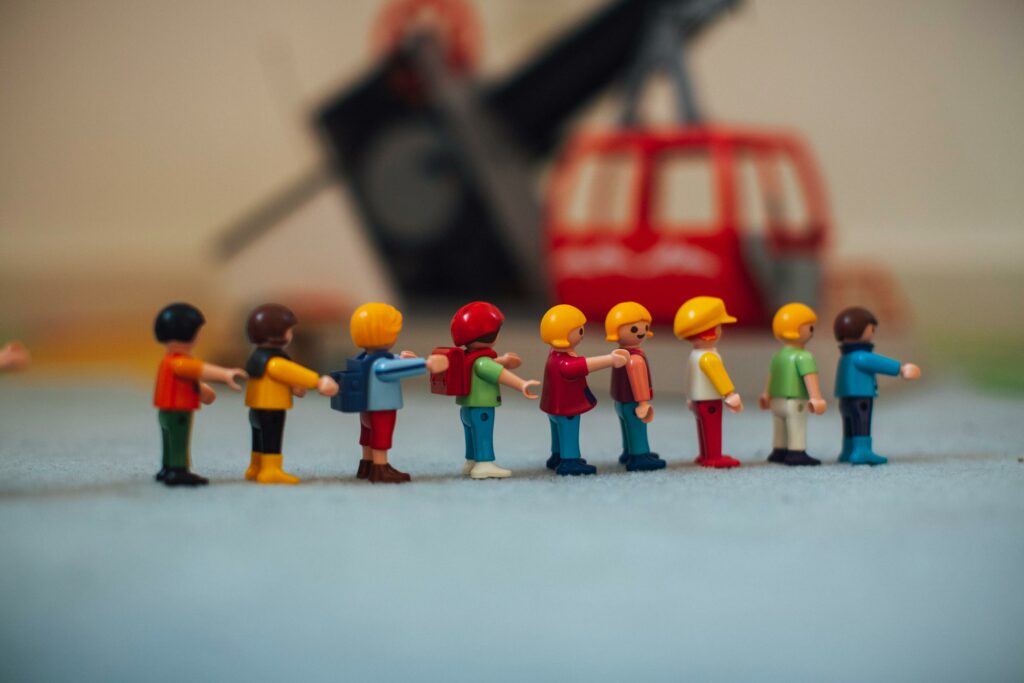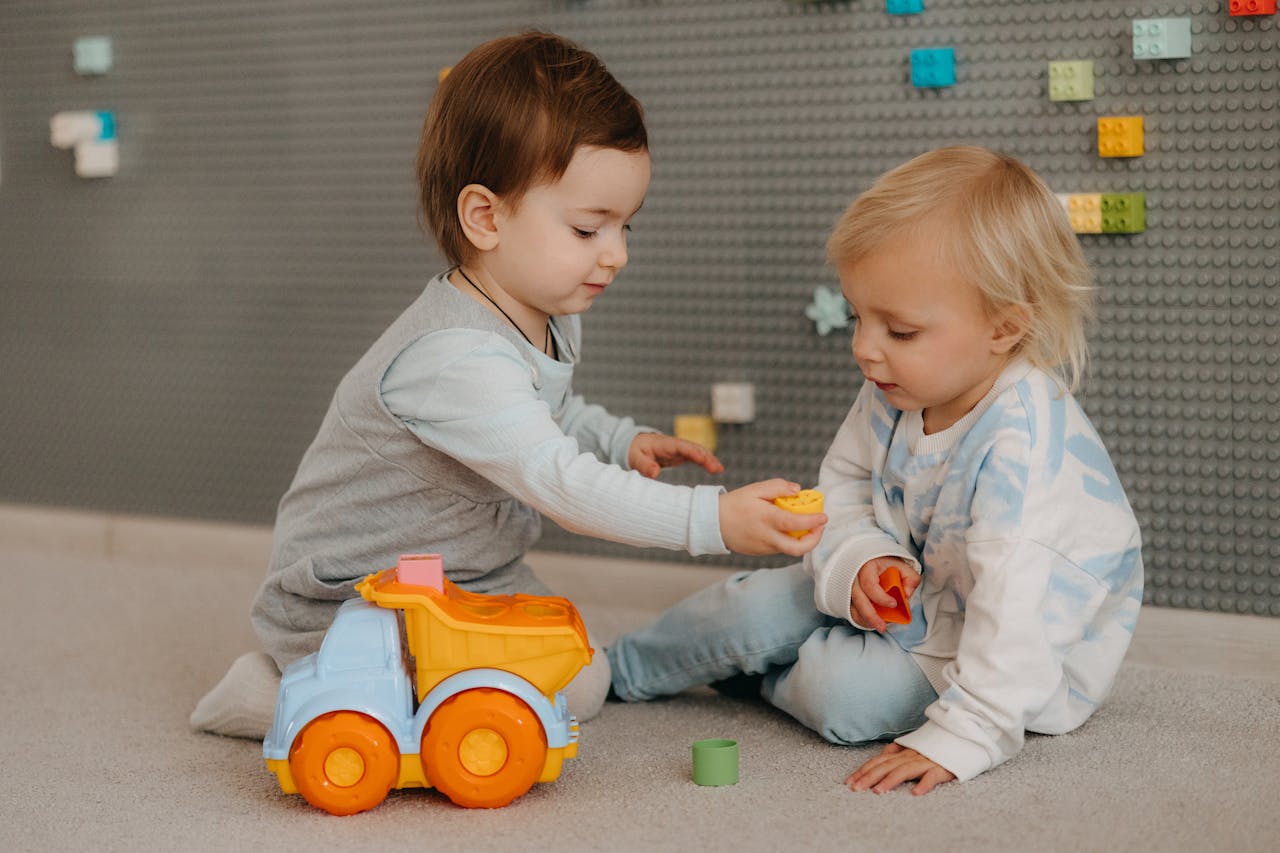Let’s be honest : buying toys isn’t as easy as it looks. You think you’ve nailed it with that adorable plush bunny… and then it sits untouched in the corner for months, while your kid plays with a cardboard box. Yep, we’ve all been there.
So how do you make sure you’re getting something that’s actually useful for your child – something they’ll love, learn from, and not toss aside after five minutes ? That’s exactly what we’re diving into today. And hey, if you’re hunting for something a little more unique, you might want to check out https://www.mon-cadeau-original.fr – they’ve got some pretty cool ideas you don’t see everywhere.
Start with the golden rule : age matters (a lot)
 I know, it sounds obvious. But trust me, it’s where most of us go wrong. A toy that’s too advanced ? Your kid gets frustrated. Too simple ? Bored in two seconds. It’s all about hitting that sweet spot – and every age has its own needs.
I know, it sounds obvious. But trust me, it’s where most of us go wrong. A toy that’s too advanced ? Your kid gets frustrated. Too simple ? Bored in two seconds. It’s all about hitting that sweet spot – and every age has its own needs.
🍼 0 to 12 months : it’s all about the senses
At this age, your baby doesn’t care if a toy is educational or award-winning. They want color, texture, sound – things they can grab, squish, chew on (yes, everything goes in the mouth). Soft rattles, fabric books, teething rings that go in the freezer – these are gold. I still remember this crinkly fabric elephant we had – it made the weirdest sound, but our daughter was obsessed.
🚼 1 to 2 years : time to explore
This is the age of little scientists. They want to push, pull, drop, repeat. Toys that respond to their actions – like cause-and-effect toys, stacking cups, shape sorters – these aren’t just fun, they’re mini brain-boosters. Oh, and don’t forget ride-on toys. I swear ours was the most-used item in our house for about 8 months straight.
🧸 2 to 4 years : imagination kicks in
Here’s where things get interesting. Toddlers start diving into pretend play. They’re cooking invisible spaghetti, calling grandma on a banana phone, putting their teddy in time-out. Toy kitchens, tool sets, dolls with accessories – these are golden. And yeah, it’s also the golden age of Duplo. We’ve stepped on enough blocks to confirm their popularity.
🎨 4 to 6 years : curious minds, busy hands
Kids this age are little sponges. They’re asking questions non-stop (seriously, how do volcanoes work at 7 AM?). This is the time for educational toys disguised as fun. Think science kits, magnetic tiles, puzzles with actual challenges. Also, arts and crafts. Not all kids love glitter and glue, but the ones who do ? Give them a good activity set and you might just get 30 minutes of silence. Bliss.
🎮 6 to 9 years : building, collecting, creating
At this stage, kids are more independent – and picky. They’ve got opinions. And favorite YouTubers. And maybe an obsession with Pokémon, LEGO sets, or slime (that one surprised me). Choose toys that let them build, invent, collect, or even play with friends. Board games work great too – especially the ones that don’t make parents want to cry after 10 minutes.
🎯 9+ years : follow their passions
This is where “toys” start to look a lot more like “gear.” A kid who loves art ? Get them real sketchbooks and proper pencils. Into coding ? Try a beginner-friendly robot or app-based learning tool. Basically : listen to what they talk about, what they’re curious about. If they’re into space, maybe a telescope. If it’s baking, get them their own set of kid-friendly utensils. The goal here is to support, not steer.
Quick tips to avoid buying a dud
 Skip the hype. Just because it’s a best-seller doesn’t mean it’s the right fit for your child.
Skip the hype. Just because it’s a best-seller doesn’t mean it’s the right fit for your child.- Check the replay value. Will they still play with it after day three ?
- Watch out for one-trick ponies. Toys that do everything for the child usually get old fast.
- Less is more. One good toy they adore is worth more than ten they ignore.
Final thought : useful ≠ boring
Useful doesn’t mean it has to be beige or serious. The best toys – the really great ones – are fun, engaging, and sneakily educational. They make your kid light up, and maybe (just maybe) they let you finish your coffee while it’s still hot.
So next time you’re shopping, think less about the label and more about the moment. The moment they open the box, the hours (hopefully) they spend playing, the little spark of curiosity that makes it all worth it. Because in the end, that’s what really matters.

